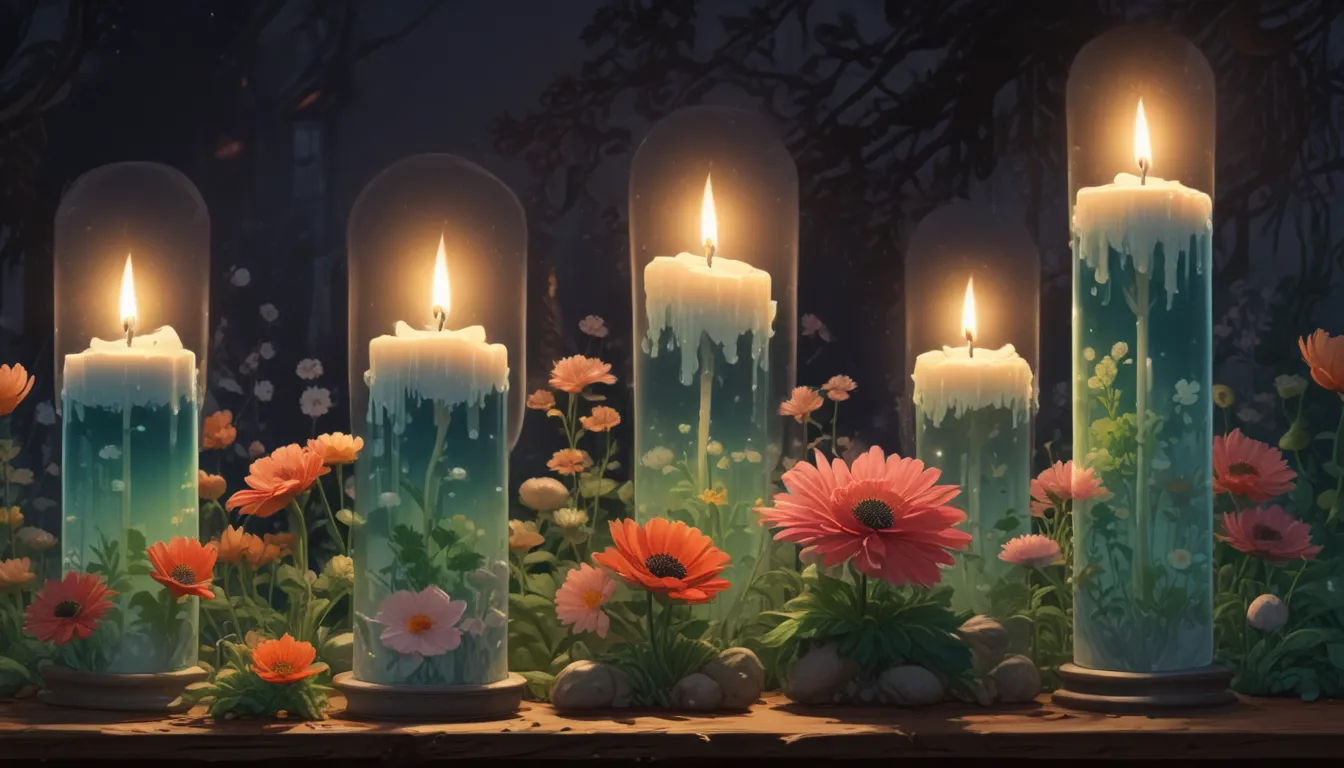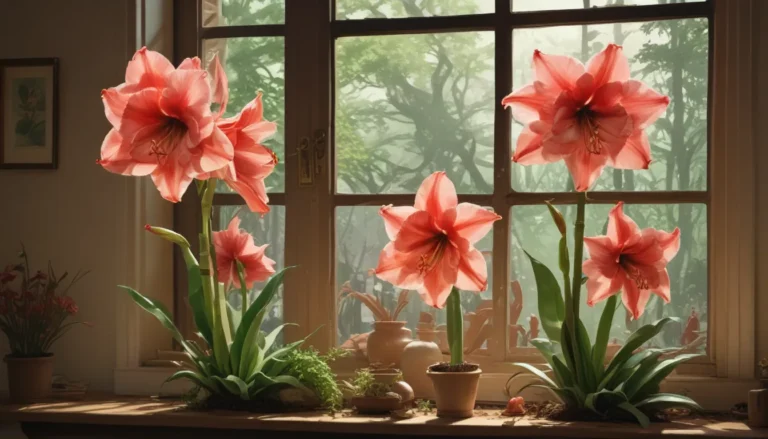A Guide to Growing and Caring for Candle Anemones

If you’re looking to add a touch of elegance and simplicity to your garden, candle anemones are a wonderful choice. These unassuming plants, also known as Anemone cylindrica, are native to Canada and various regions of the United States. Despite their unpretentious appearance, candle anemones have a charm that is hard to ignore.
In this comprehensive guide, we will provide you with valuable information on how to grow and care for candle anemones. From propagation to maintenance, we’ll cover everything you need to know to incorporate these lovely plants into your garden seamlessly. So, roll up your sleeves and get ready to transform your outdoor space with candle anemones.
What is Candle Anemone?
Candle anemones may not boast the showy blooms that are typical of most Anemone species, but they have a unique appeal of their own. With delicate white flowers perched atop green, lobed leaves, and distinctive cylindrical seed heads, these plants offer a mix of textures that add interest to any garden.
Keep in mind that candle anemone belongs to the Ranunculaceae (buttercup) family and is toxic to mammals. Therefore, it’s crucial to prevent children and pets from coming into contact with it.
How to Propagate Candle Anemones
If you want to expand your collection of candle anemones, propagation is the way to go. There are two main methods of propagation for these plants: from seed or by division.
From Seed
Allow candle anemones to disperse their seeds naturally or collect the fluffy seeds before they scatter. If you opt for the latter, ensure the seeds undergo a period of cold stratification to promote germination. You can sow the seeds directly into your garden in the fall for optimal results.
Alternatively, start the seeds indoors in the spring following the cold stratification process. Once the seedlings are well-established, transplant them into your garden carefully.
By Division
Mature candle anemones can be divided into new plants by carefully separating the fibrous roots. This method allows you to create multiple plants from a single clump. Just make sure to handle the roots gently during the division process.
Transplanting Tips
When transplanting candle anemones, choose a well-drained, sunny location for optimal growth. Make sure the crown is positioned at the right depth and water thoroughly post-transplanting.
How to Grow Candle Anemones
Once you’ve successfully propagated candle anemones, caring for them is relatively straightforward. These plants thrive in full sun to partly shady locations, displaying greenish white flowers from spring to summer. The key to successful growth lies in well-drained soil and minimal intervention.
Growing Tips
- Plant in sunny areas: to encourage healthy growth and attract beneficial insects.
- Good drainage is key: ensure your soil drains well to prevent waterlogging.
- Water sparingly: only water when the soil is dry to a depth of two inches to avoid overwatering.
Where to Buy Candle Anemones
Finding cultivated varieties of A. cylindrica may be challenging at local garden centers. You can purchase seeds from reliable sources, such as Everwilde Farms, to kickstart your candle anemone garden.
Pruning and Maintenance
Candle anemones require minimal upkeep and will naturally go dormant in winter. You can trim back any dead foliage after dormancy, but leaving the cottony seed heads intact can provide visual interest to your garden.
Pest and Disease Management
Candle anemones are generally resistant to pests and diseases, making them low-maintenance plants. Keep an eye out for any pests that may damage the foliage and remove them promptly. If the plants show signs of distress, such as yellowing leaves, check the soil moisture as overwatering could be the culprit.
Best Uses for Candle Anemones
Due to their subtle aesthetic, candle anemones are best planted in large groups or used as ground cover, borders, or specimen plants. Their versatility makes them suitable for various garden styles, from woodlands to naturalized areas.
In conclusion, candle anemones are an excellent choice for gardeners seeking low-maintenance yet visually appealing plants. With their simple beauty and textured foliage, these plants can elevate any outdoor space. If you’re growing candle anemones or considering adding them to your garden, share your thoughts in the comments below.
And for more insights on cultivating anemones, check out these informative guides:
- How to Grow Grecian Windflowers (Balkan Anemones)
- How to Grow Fall-Blooming Japanese Anemone Flowers
- 15 of the Best Anemone Varieties for Spring, Summer, and Fall
Remember, with a bit of care and patience, you can enjoy the understated charm of candle anemones in your garden. Happy gardening!
Incorporating candle anemones into your garden can bring a touch of elegance and simplicity. With our detailed guide, you’ll learn everything you need to know about growing and caring for these charming plants. From propagation methods to maintenance tips, this article provides valuable insights to help you create a stunning outdoor space.





